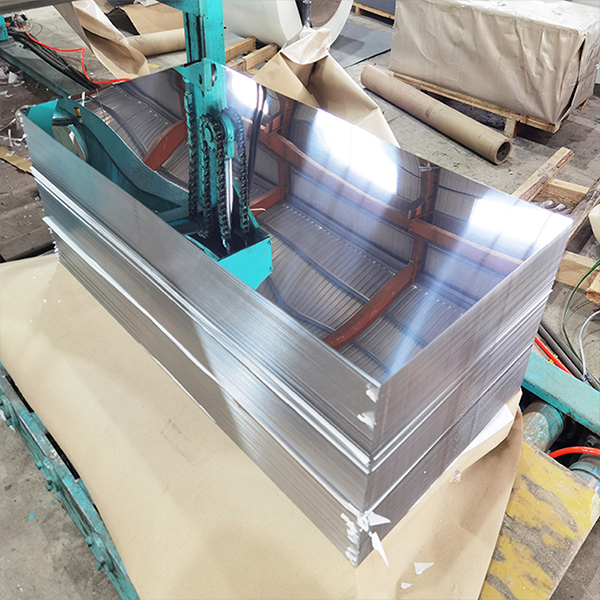
Precision cutting of stainless steel plates requires specialized techniques to maintain material integrity while achieving clean edges. Various methods have been developed to address different thicknesses, alloy grades, and project requirements, each with distinct advantages for industrial applications.
Plasma cutting remains a popular choice for medium-thickness stainless plates (typically 3-50mm), utilizing ionized gas at extremely high temperatures to melt through metal. Modern plasma systems with CNC controls can achieve impressive cutting speeds while maintaining ±0.5mm tolerances, making them ideal for structural components and industrial equipment fabrication. Some advanced systems incorporate water shielding to reduce heat-affected zones, particularly beneficial when working with precipitation-hardening grades that are sensitive to thermal distortion.
Laser cutting technology has revolutionized precision work with thin to medium gauge stainless plates (0.5-25mm). Fiber laser systems specifically excel with stainless steel, delivering clean cuts with minimal kerf width and exceptional edge quality. The non-contact nature of laser cutting eliminates tool wear issues while allowing for intricate contours and small features that would challenge mechanical methods. For high-volume production, automated laser cutting cells can process multiple plates consecutively with positioning accuracy within 0.1mm.
Waterjet cutting stands out when thermal distortion must be completely avoided. This cold-cutting process uses ultra-high-pressure water mixed with abrasive garnet to erode through stainless plates up to 200mm thick without altering material properties. The technique proves invaluable for heat-sensitive applications like semiconductor equipment or medical device components where even minor heat effects could compromise performance. Recent advancements in abrasive recovery systems have improved the economic viability of waterjet cutting for thicker materials.
Traditional mechanical methods still have their place in stainless steel plate processing. High-speed steel and carbide circular saws efficiently handle straight cuts on plates up to 100mm thick when equipped with proper coolant systems. Shear cutting works well for thinner gauges (under 6mm) where edge deformation can be controlled through precise blade clearance adjustments. For projects requiring exceptional edge quality, some fabricators combine rough cutting with secondary edge milling operations.